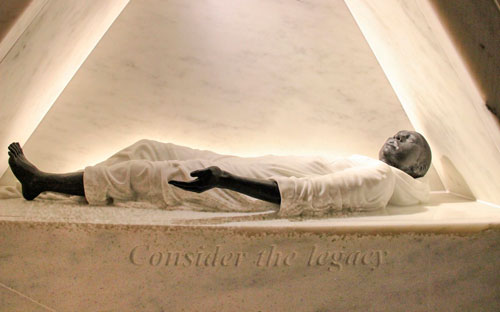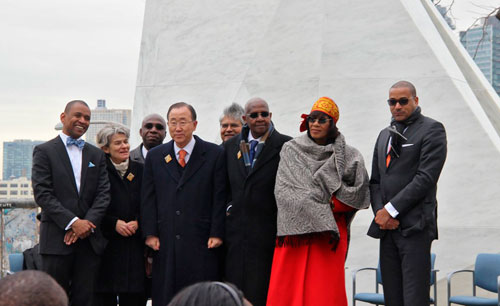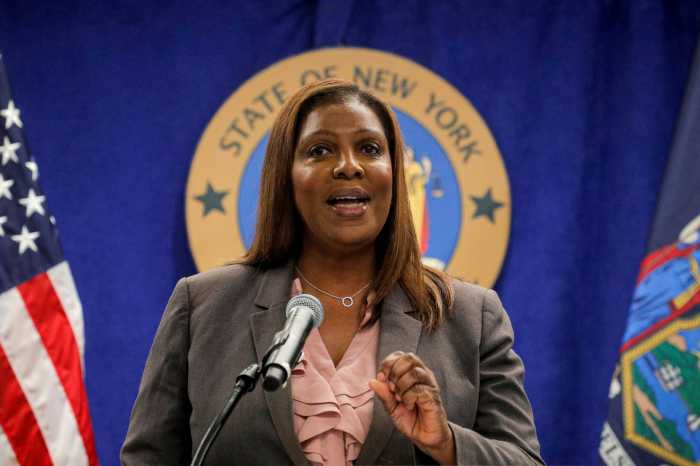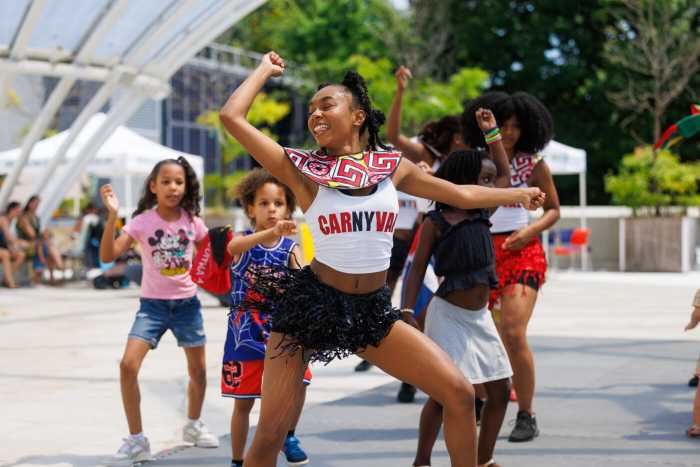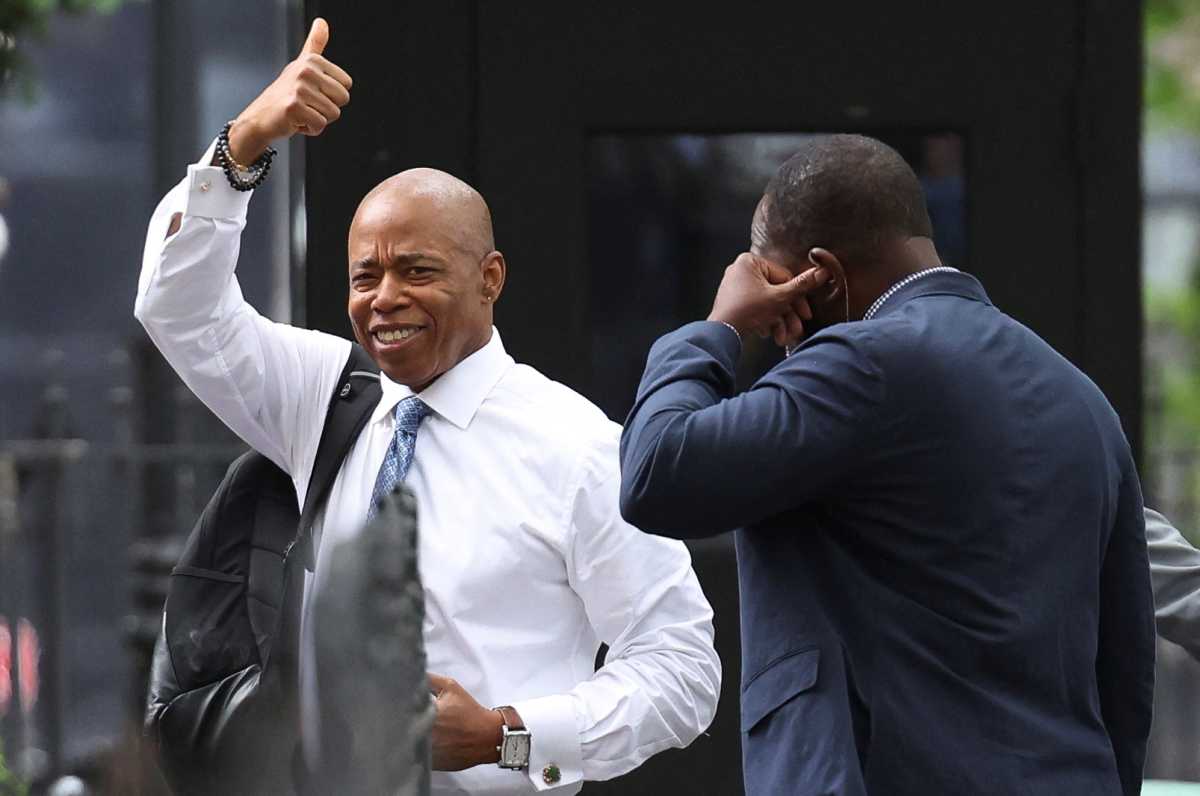March winds blew through the UN Visitors Plaza. Enduring bone-chilling conditions, dignitaries, VIPs and the public alike braved the blustery weather, shivering during the remarks.
On March 25, the long-awaited unveiling of the Ark of Return monument took place. The marble permanent memorial commemorating victims of the slave trade sits at the far end of the plaza; the East River is its backdrop.
The date of the ceremony coincided with date that is the International Day of Remembrance of the Victims of Slavery and The Transatlantic Slave Trade. Several worldwide activities remembering slavery are organized on that day.
The memorial at the UN aims to remind visitors of the complete history of slavery, urging them to acknowledge the tragedy and its legacy, and to heighten awareness of the current dangers of racism, prejudice and slavery’s lingering consequences that continue to impact the descendants of slavery’s victims today.
Some 15 million people were forced to make the crossing in slave ships during more than four centuries of the trade….”a stain on human history,” said U.N. Secretary-General Ban Ki-Moon in his remarks during the ceremony. The memorial is also for the “huge numbers” who didn’t survive the journey.
General Assembly President Sam Kutesa and a host of international dignitaries including Prime Minister of Jamaica Portia Simpson-Miller as well as NYC’s Mayor David Dinkins and Councilman Jumaane Williams helped inaugurate the memorial.
Courtenay Rattray, UN permanent representative of Jamaica and chair of the Permanent Memorial Committee hosted the ceremony.
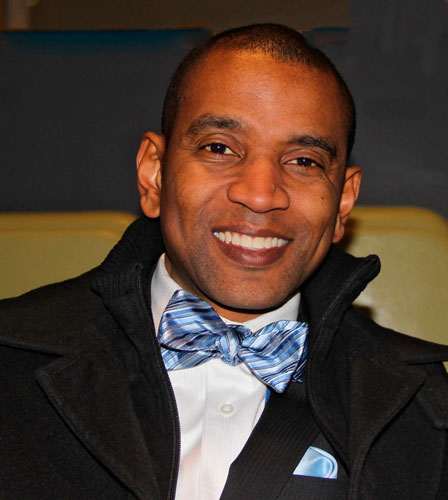
Asoke Kumar Mukerji, UN permanent representative of India, which contributed $250,000 and was the main donor to the Permanent Memorial Trust Fund for monument, paid tribute to human rights defenders who fought to abolish slavery and indentured labor.
Haitian-American architect and designer Rodney Leon designed the memorial. He won an international competition of 310 participants from 83 countries.
Highlighting some of the features of the monument, Leon notes the triangular marble panels, which were inspired by the maps of the triangular trade in slaves. Maps are etched into the walls so visitors are confronted by the uncomfortable truth.
“These three triangular patterns describe the slave routes from specific locations in West Africa and throughout Africa to South America, to the Caribbean and Central America, and to North America,” he says.
The memorial’s intent is to acknowledge the impact–the tragedy, consider the legacy, and not forget.
Why the name ‘Ark of Return’? Leon elaborates: “The ‘Door of No Return’ in Gorée Island, Senegal is where slaves held in captivity on the African coast went through before being shipped away…never to return, a very tragic image. We felt it would be a good counterpoint to establish a spiritual space of return, an ‘Ark of Return,’ a vessel where we can begin to create a counter-narrative and undo some of that experience.”
Leon also designed the African Burial Ground Memorial on Duane Street in lower Manhattan — dedicated in 2007, the only U.S. national monument devoted to the contributions of people of African descent. A current project includes the proposed design of a new 12,000 square foot Museum of Contemporary African Diaspora Arts (MOCADA) in Brooklyn, N.Y.
